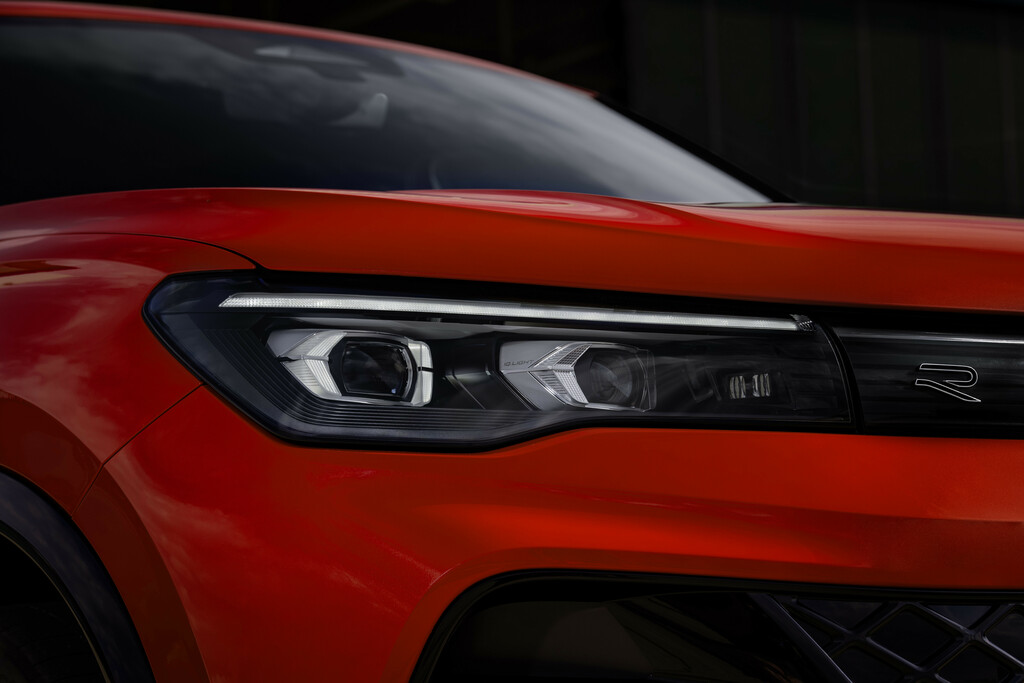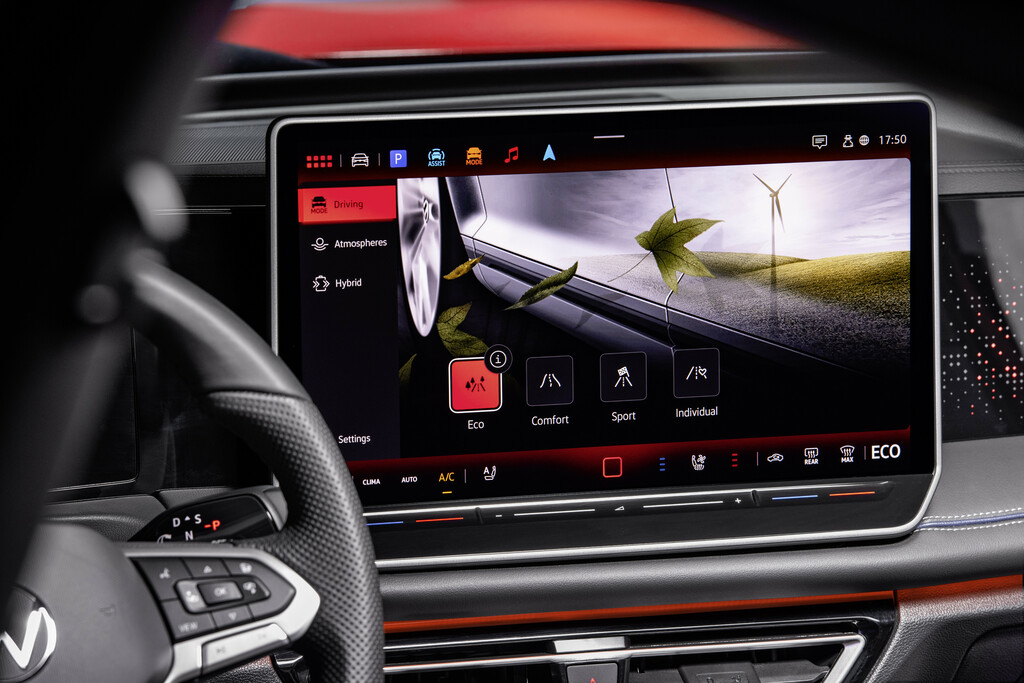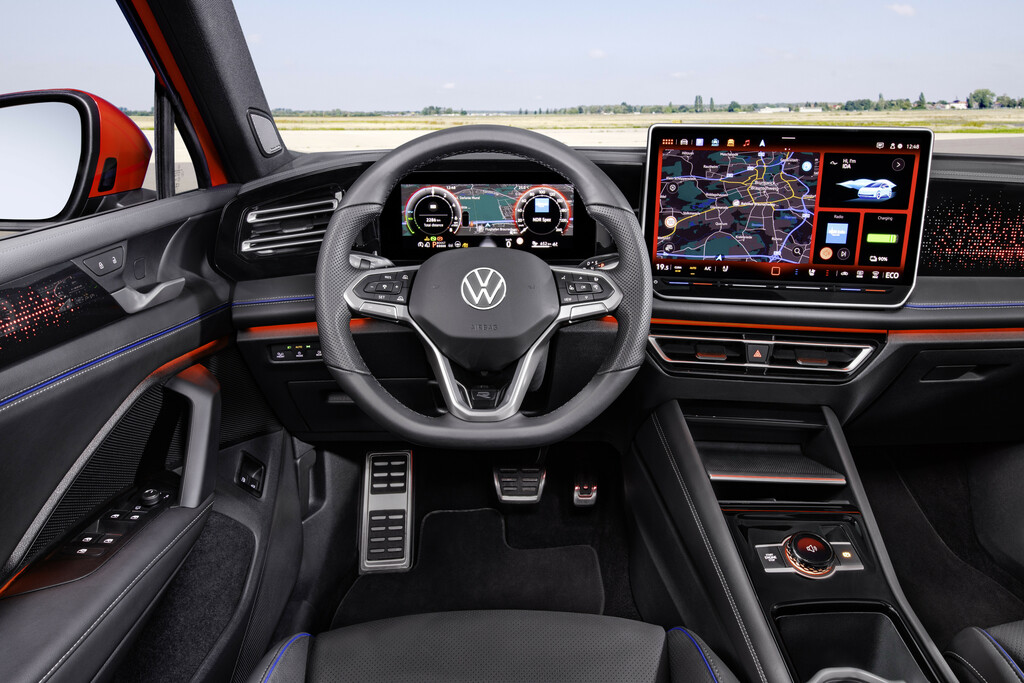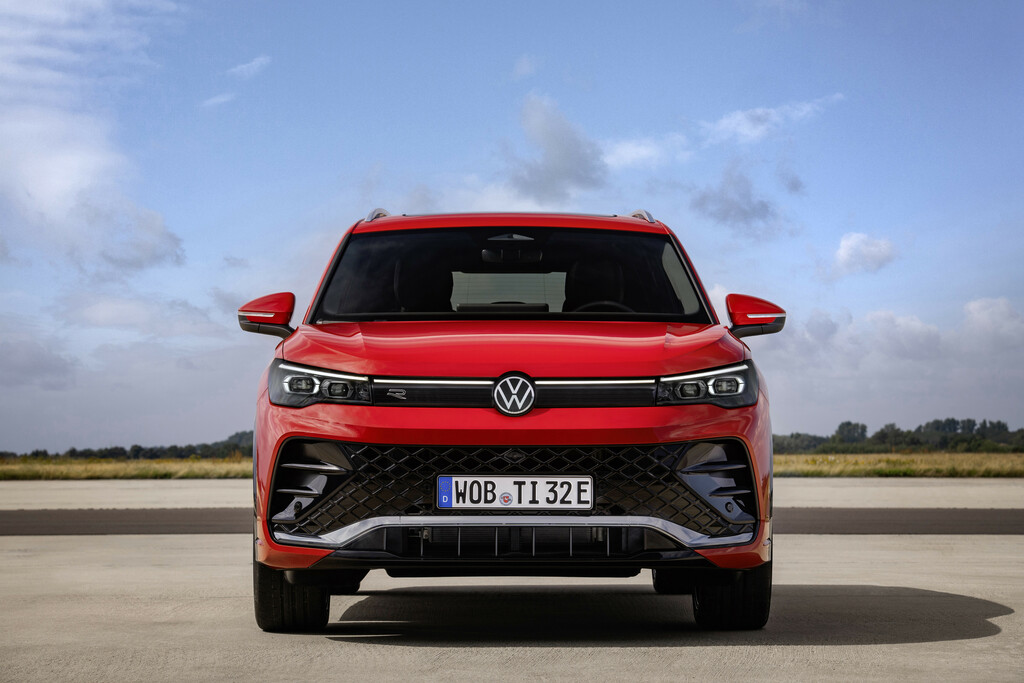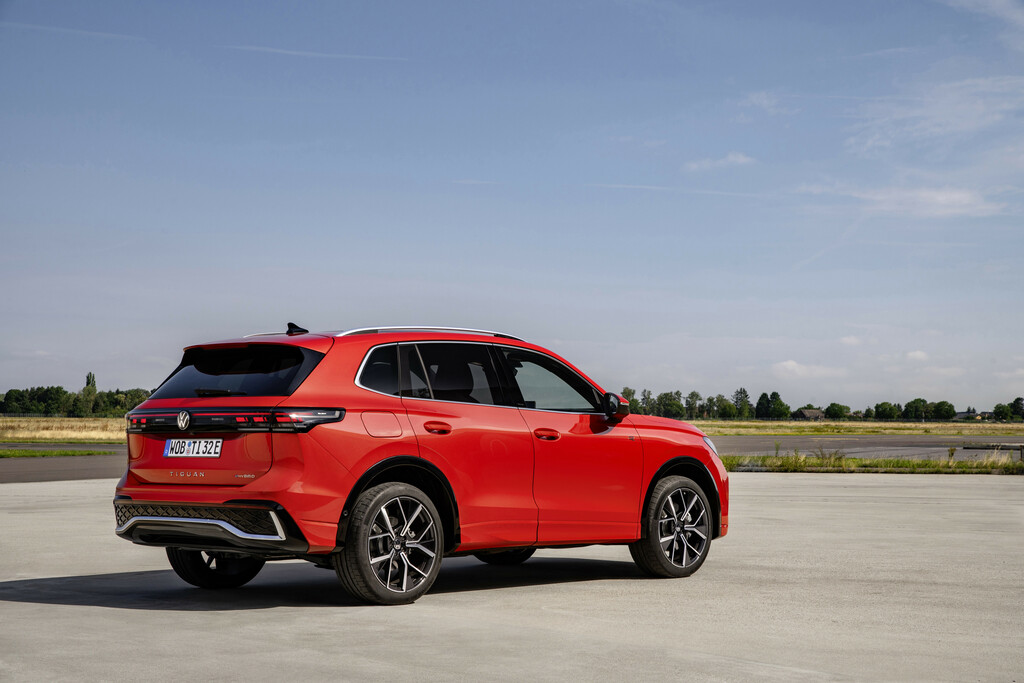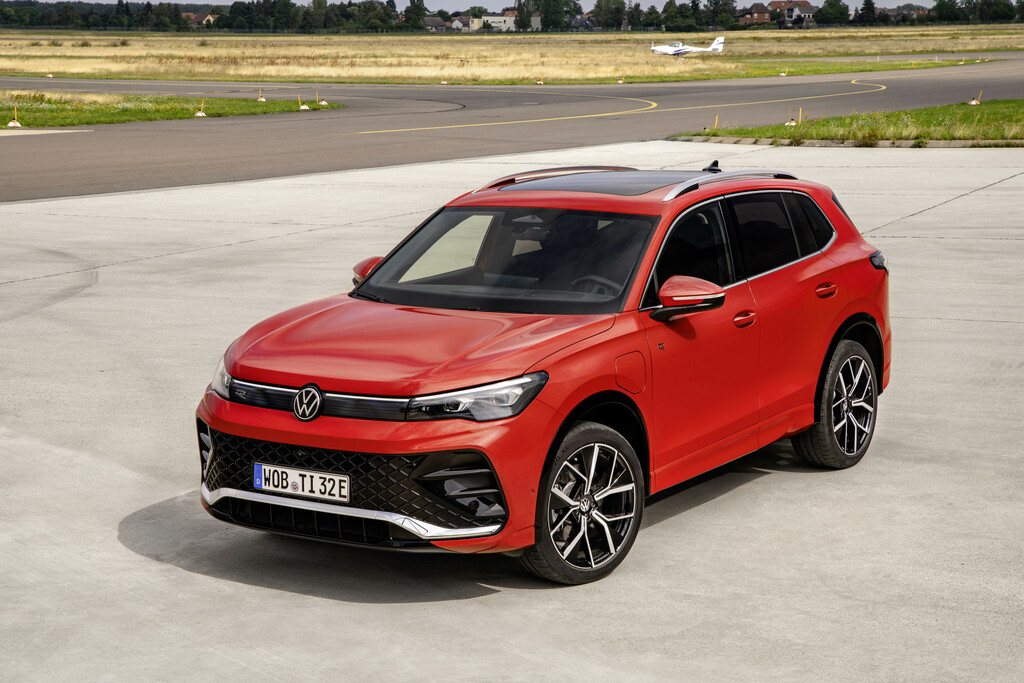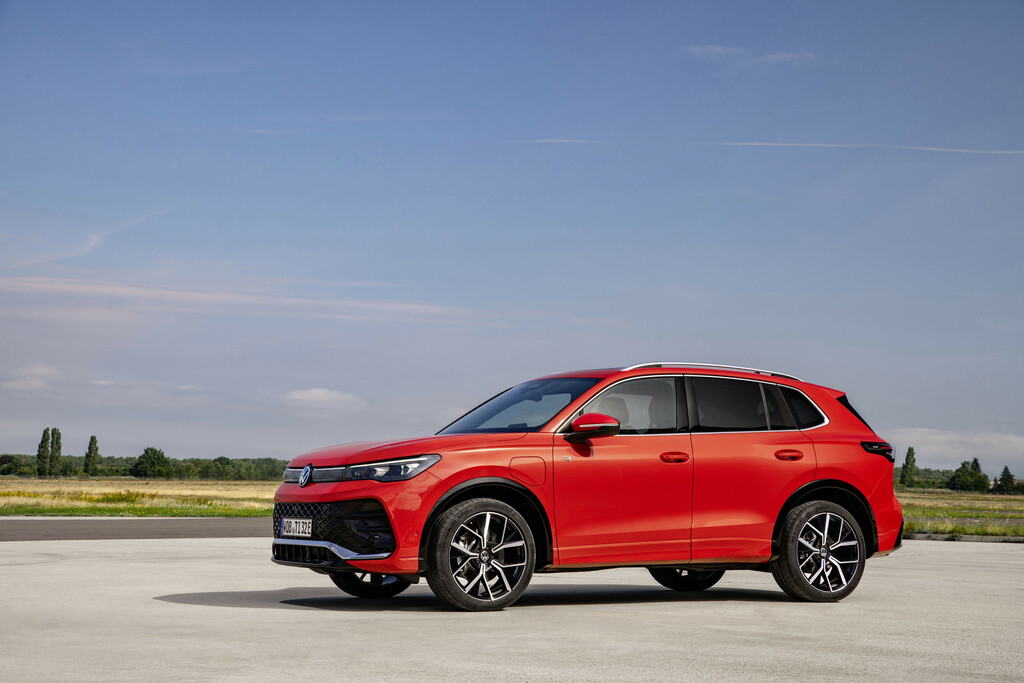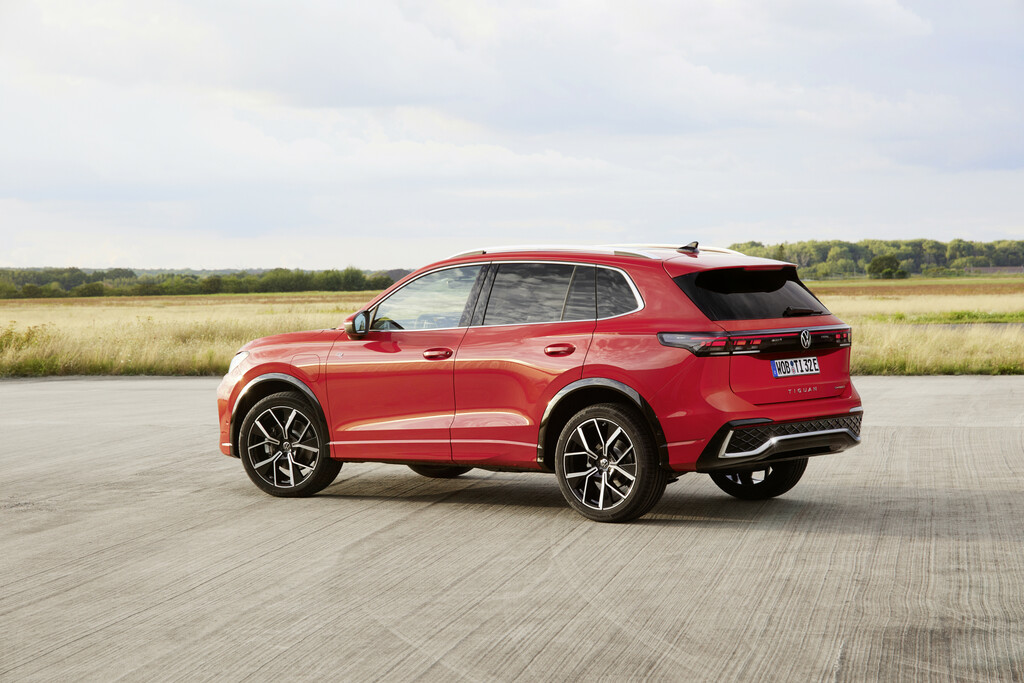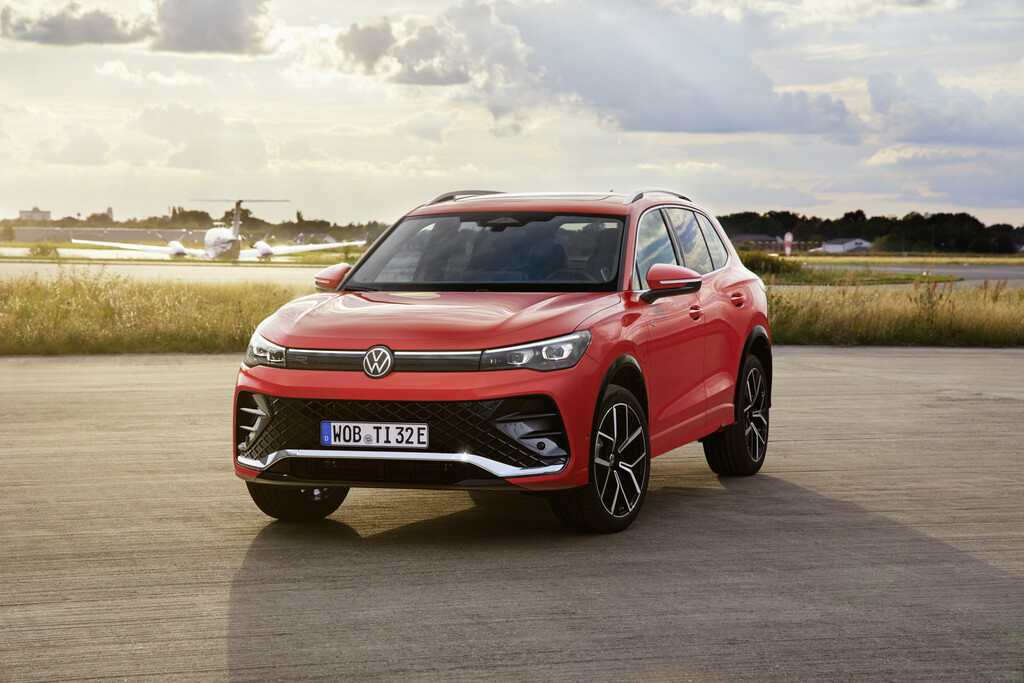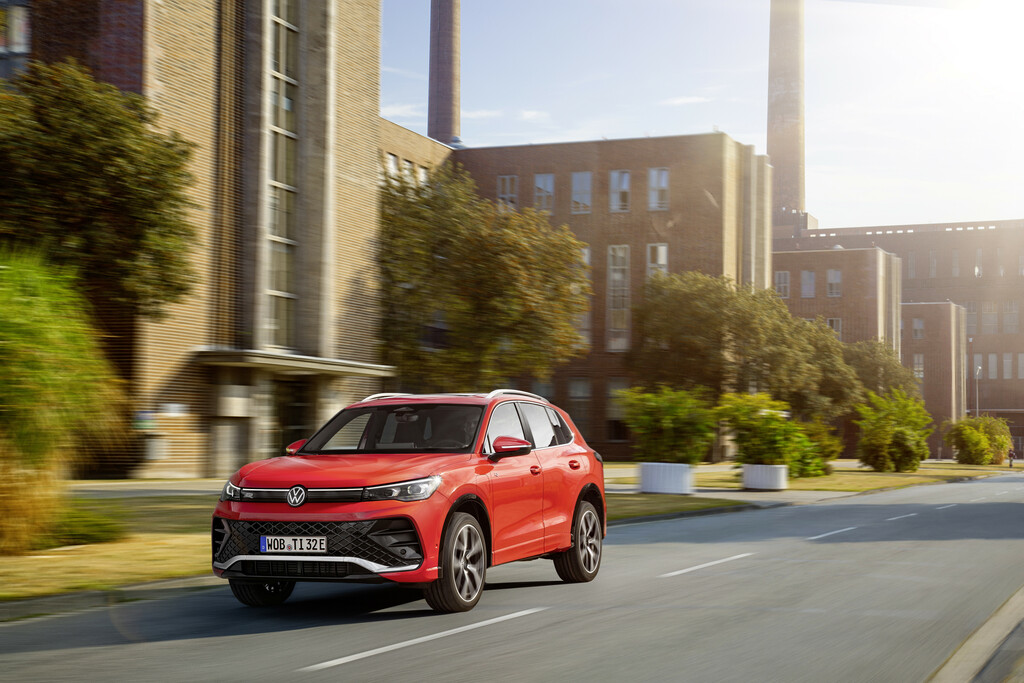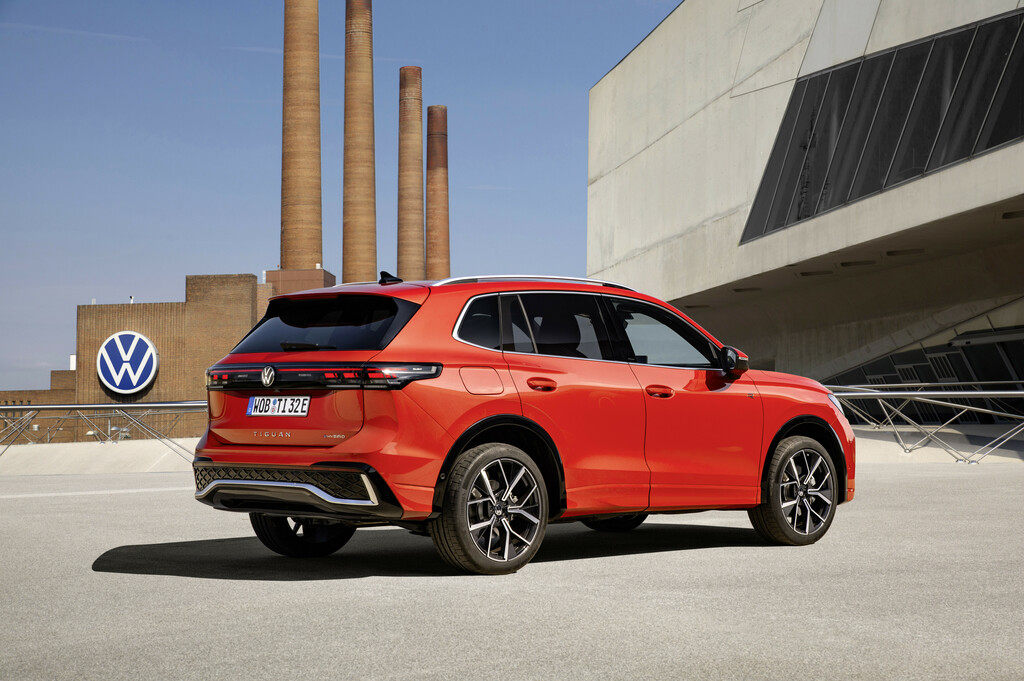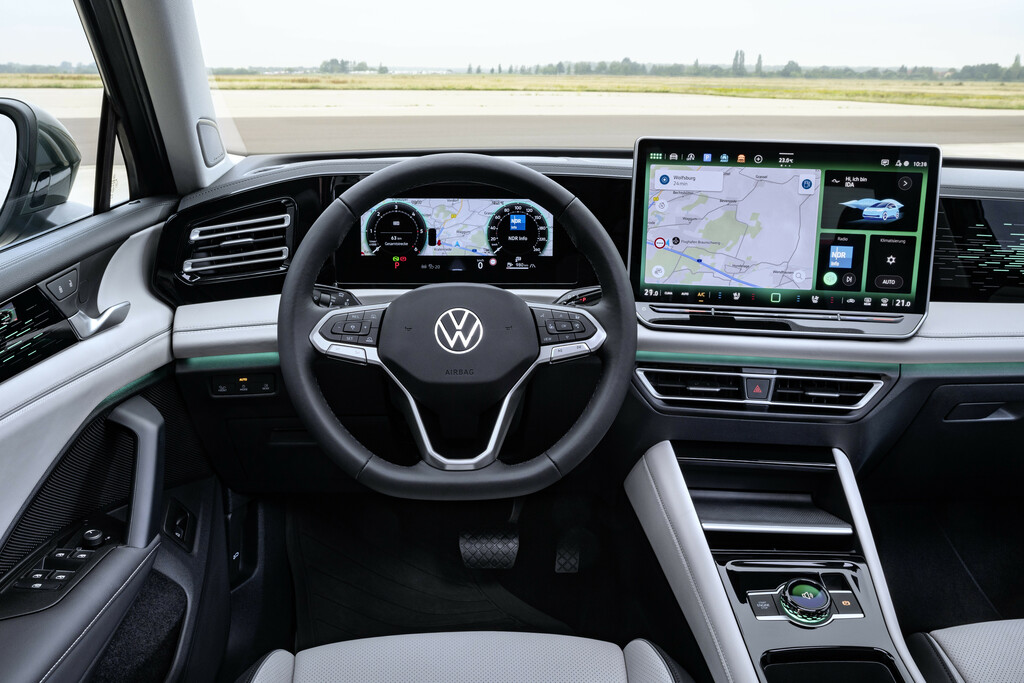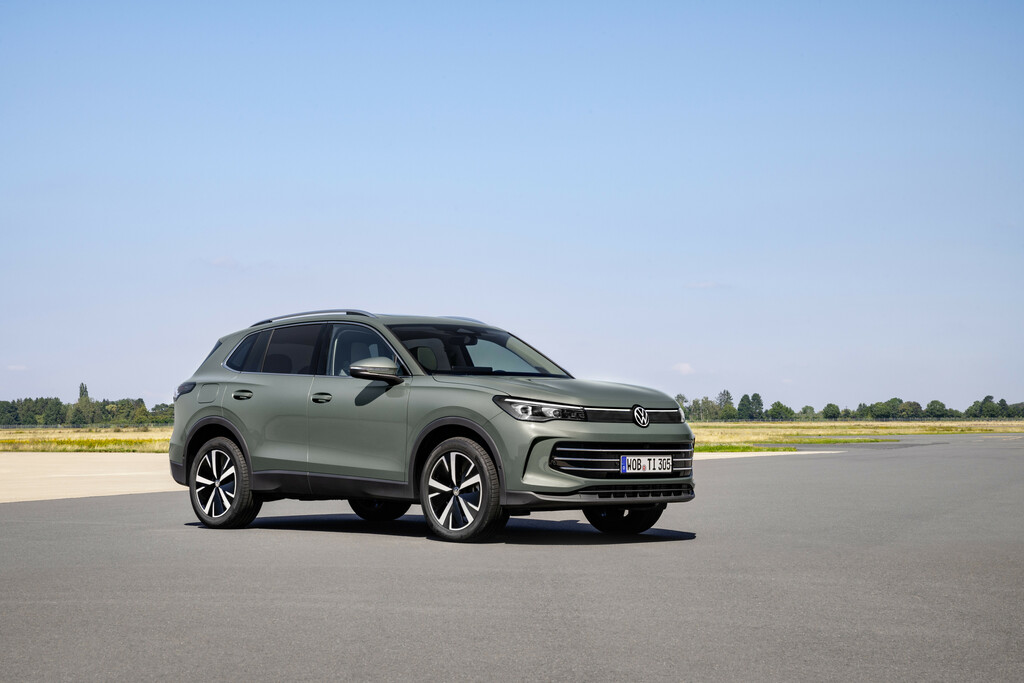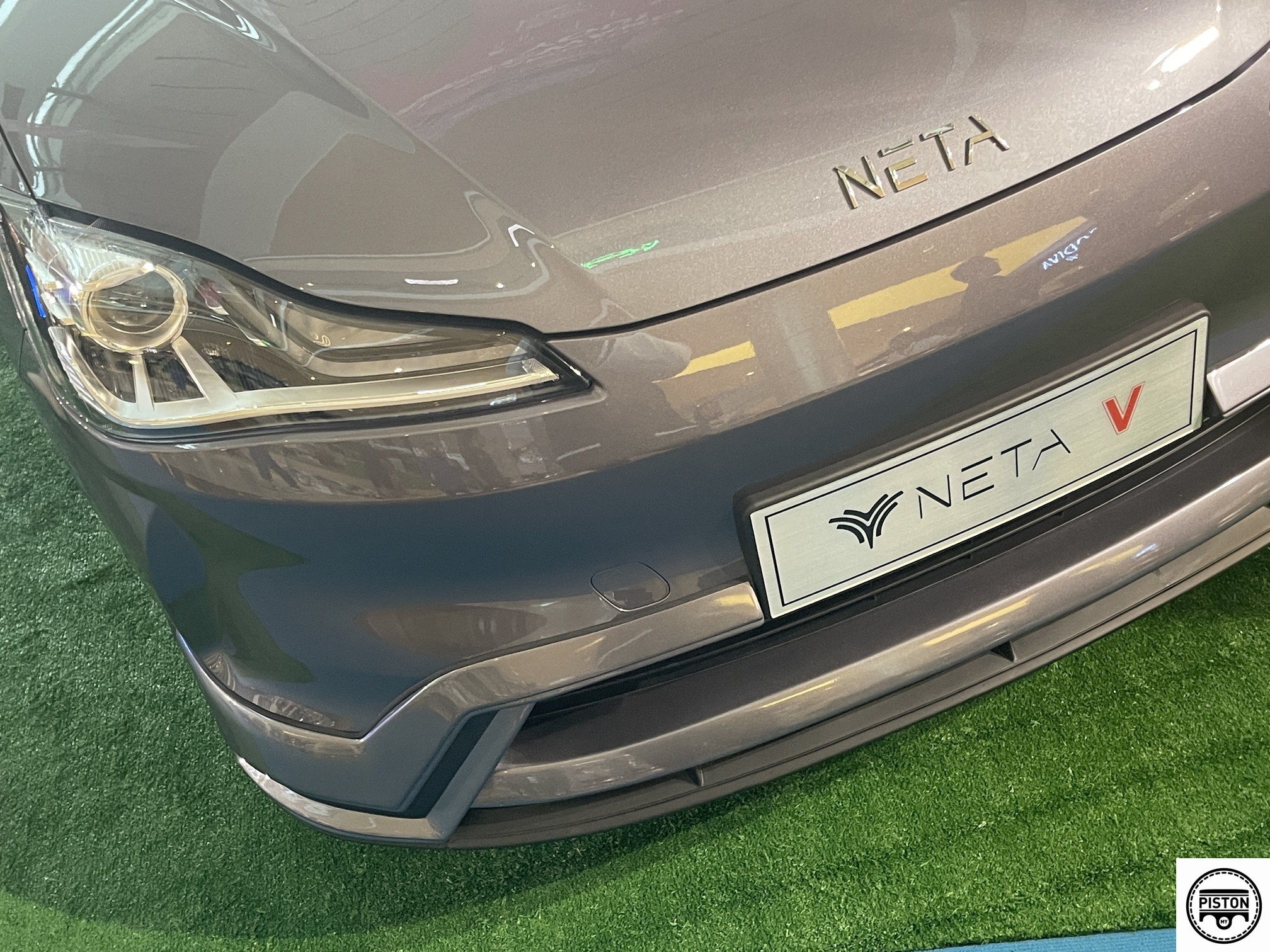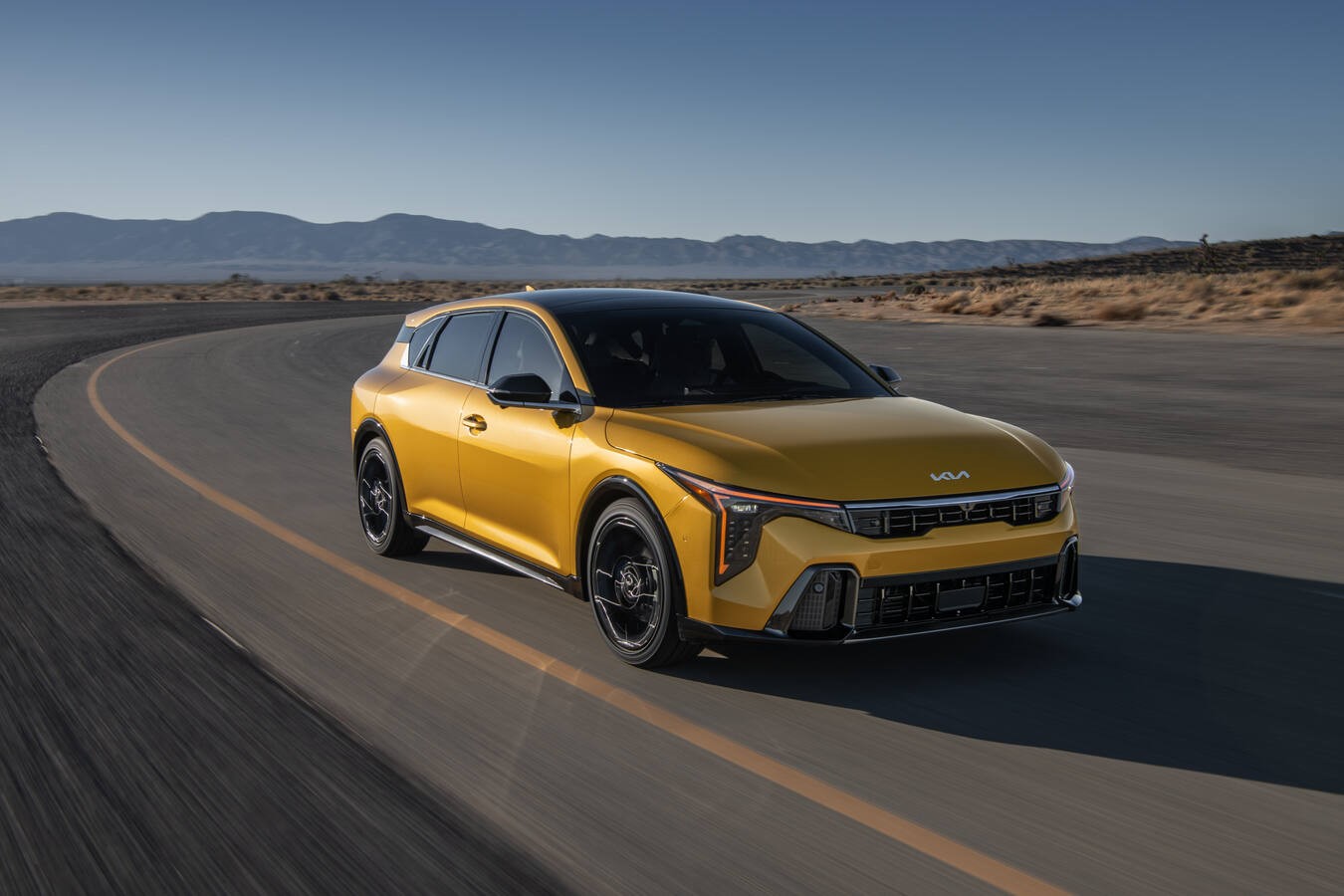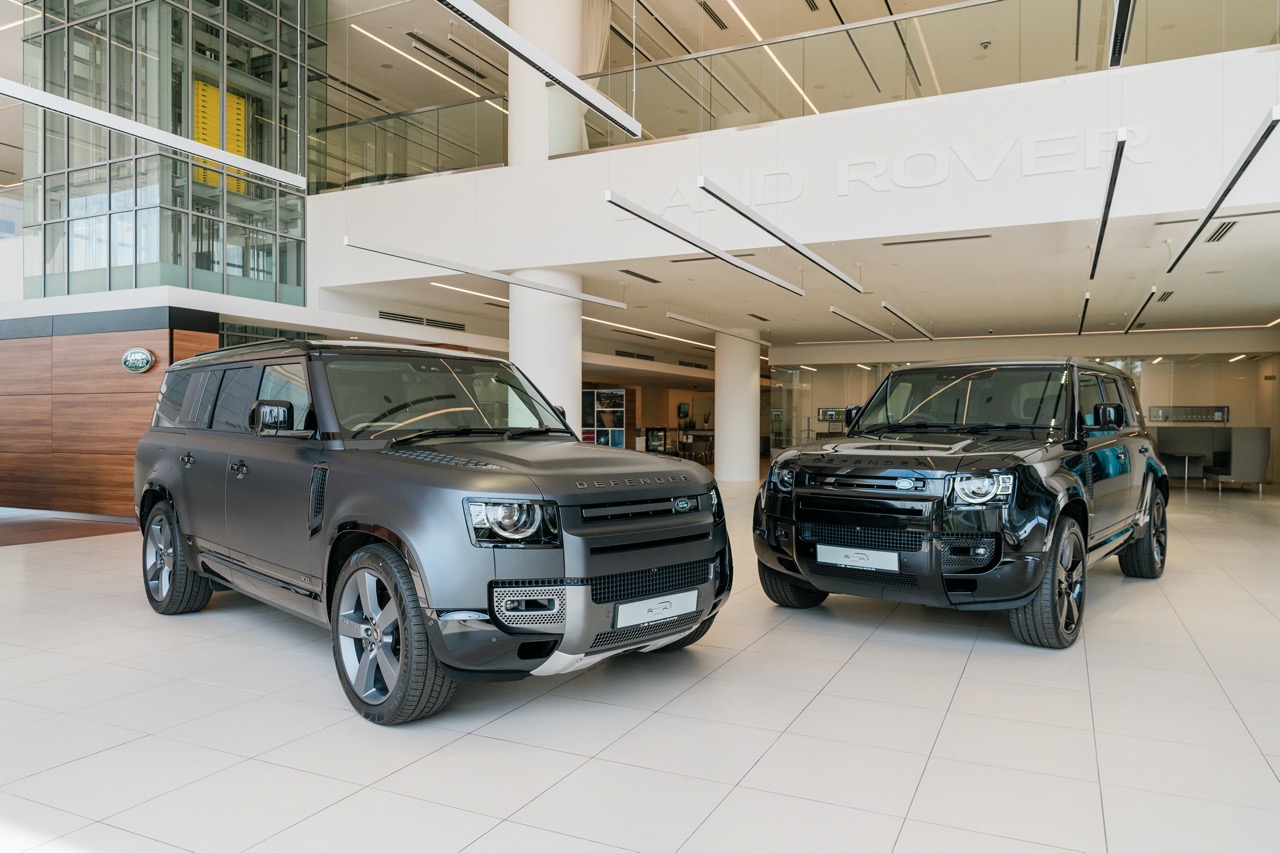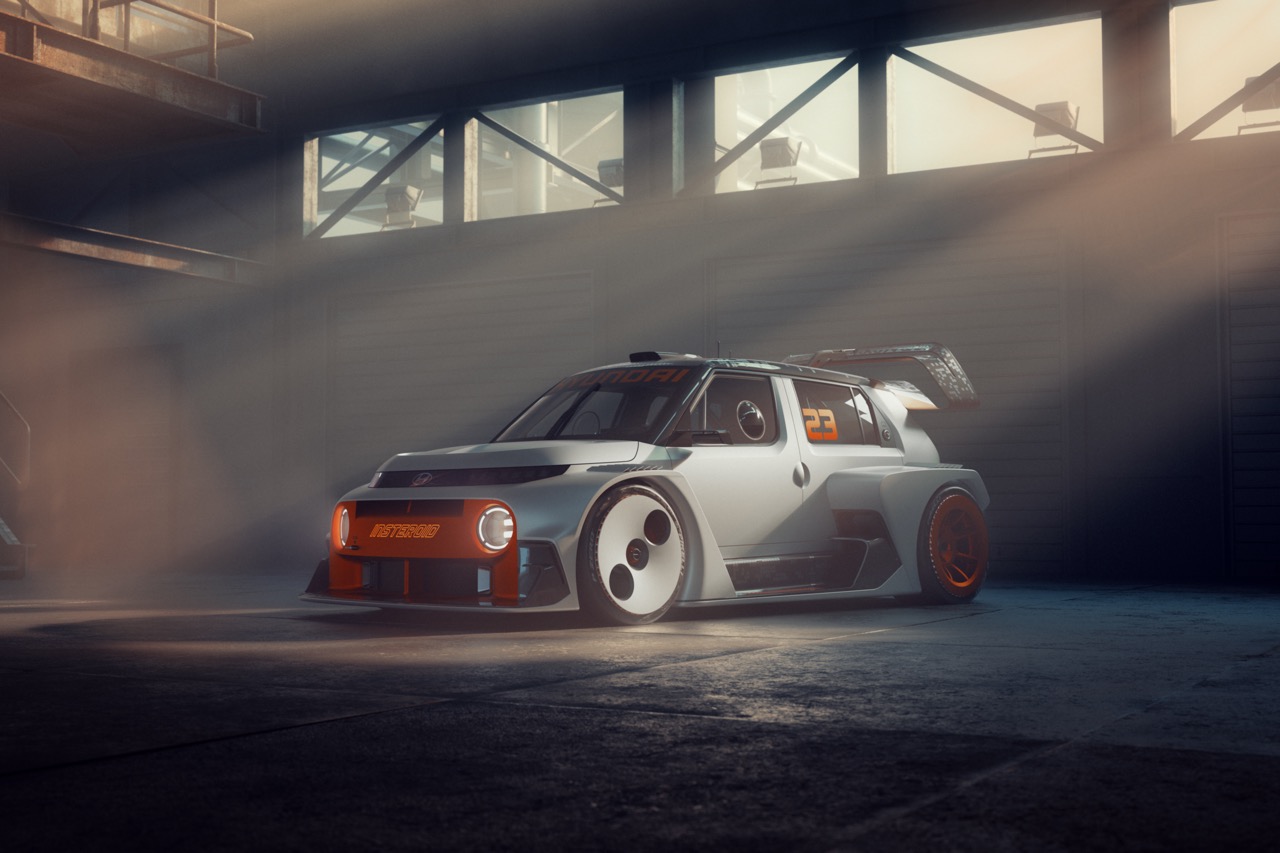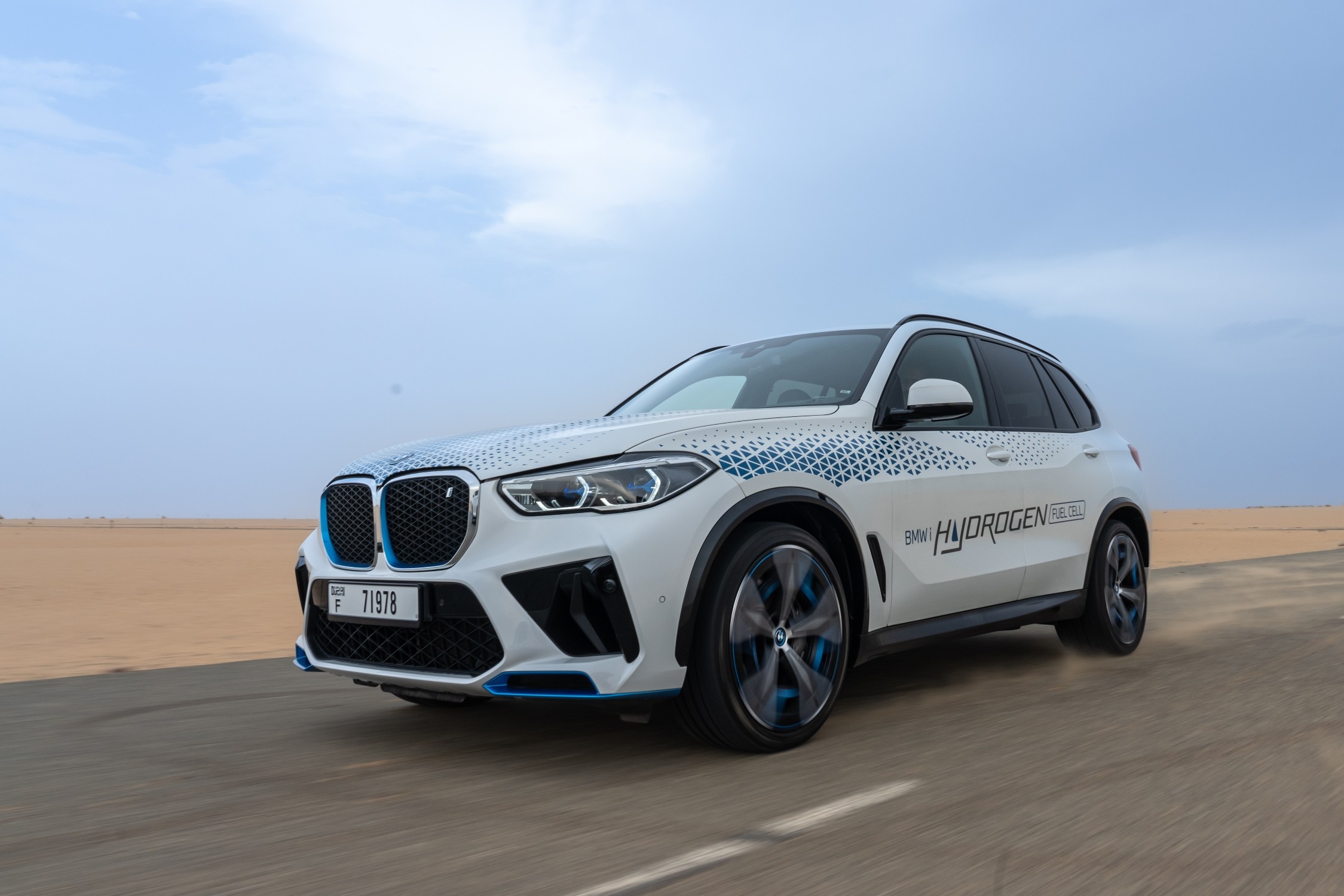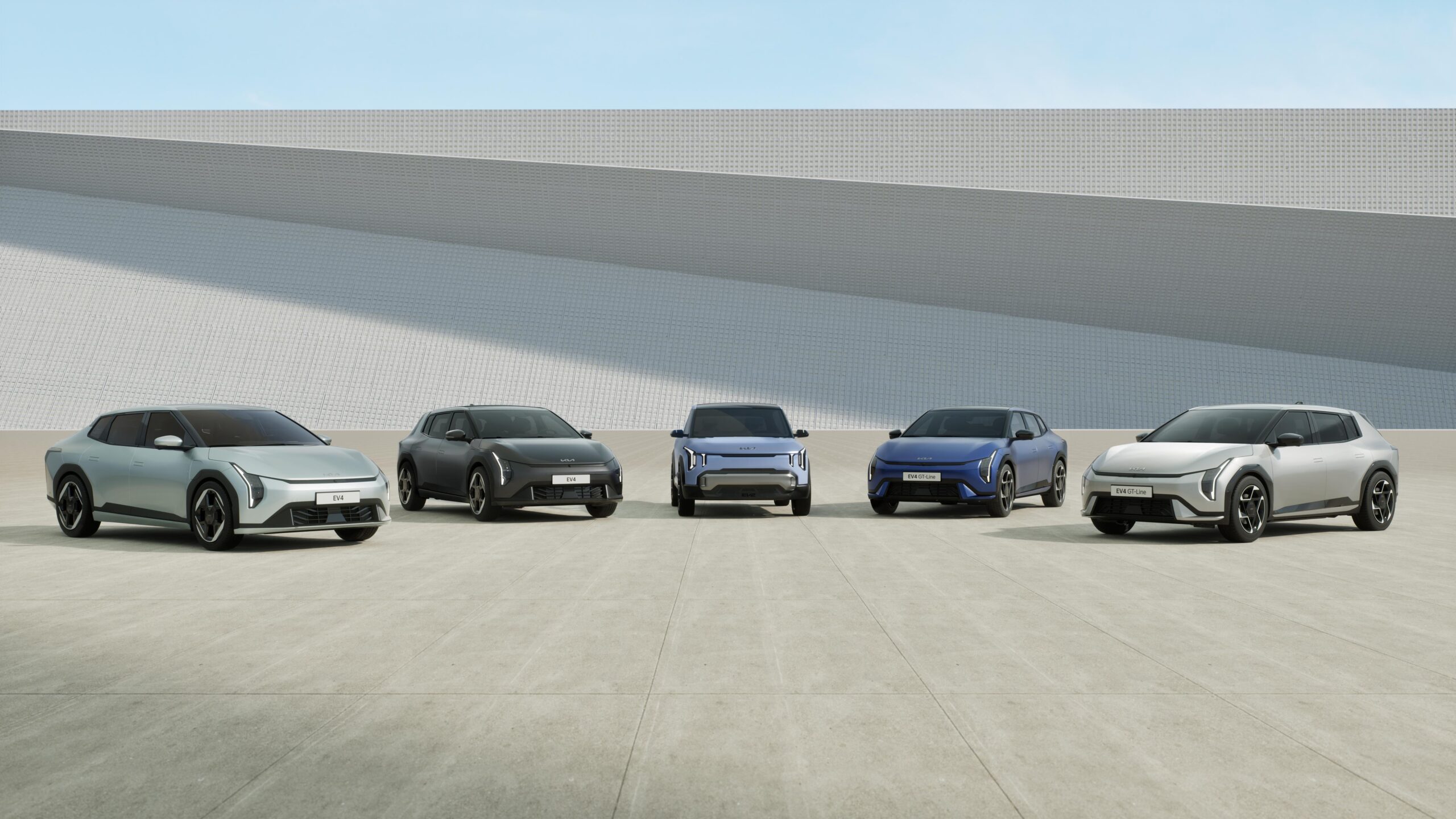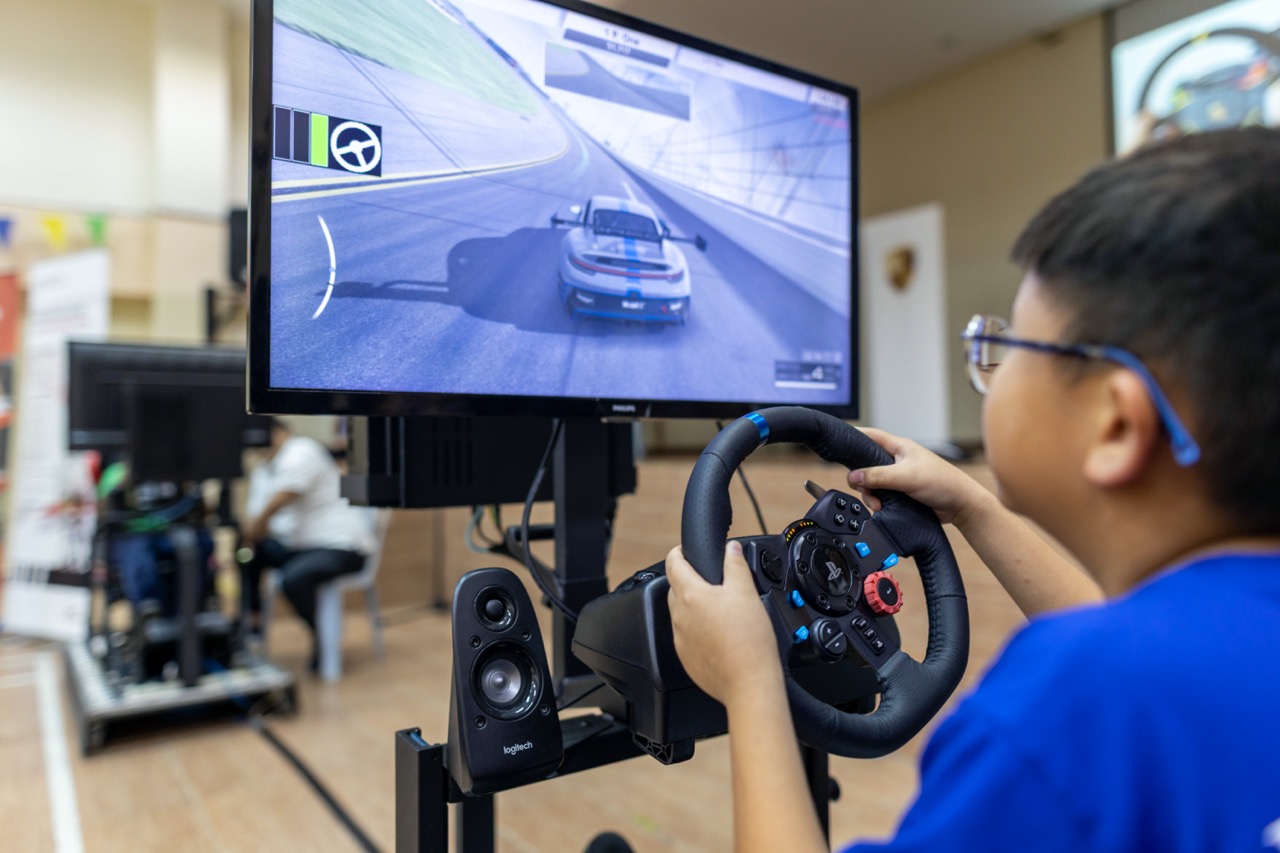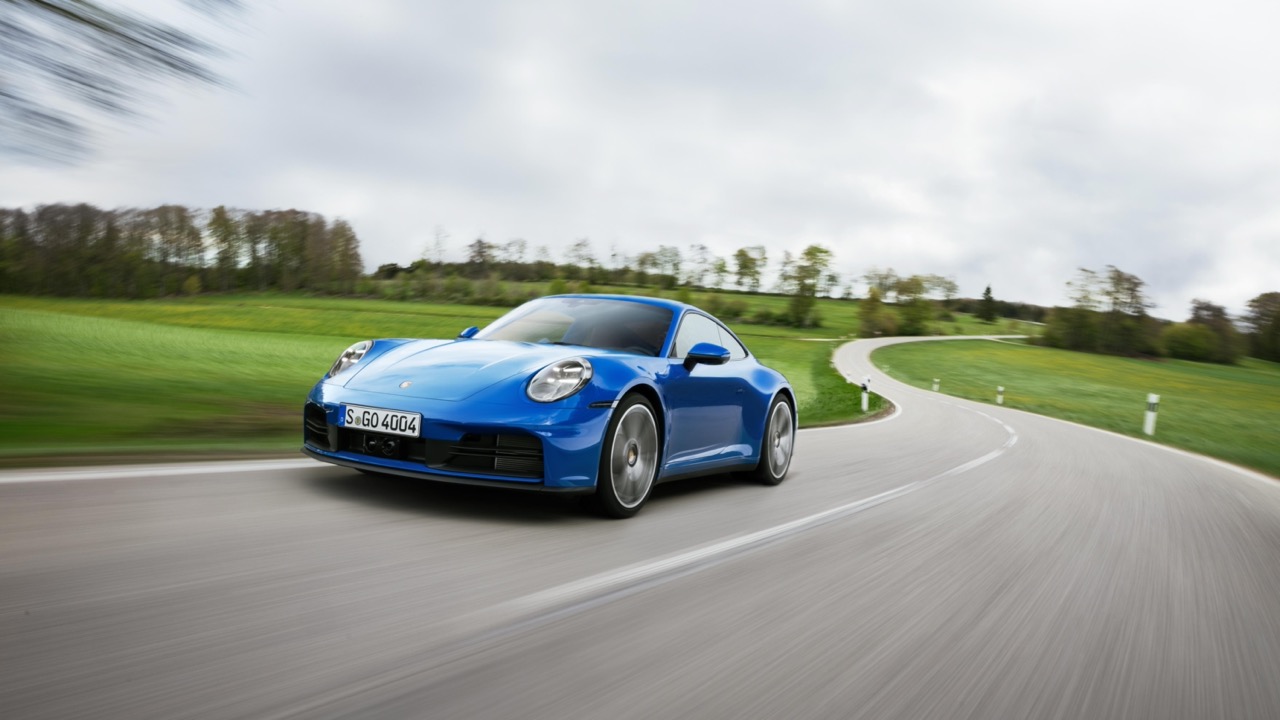The third-generation Volkswagen Tiguan has made its debut in Europe, showcasing the latest evolutionary stage of the Modular Transverse Matrix (MQB evo). This innovative technical foundation democratises high-tech advancements, including features like the DCC Pro and new hybrid drives boasting an electric range of approximately 100km. The MQB evo’s significant economies of scale allow for the integration of these advanced technologies, marking a step forward in the Tiguan’s offerings.
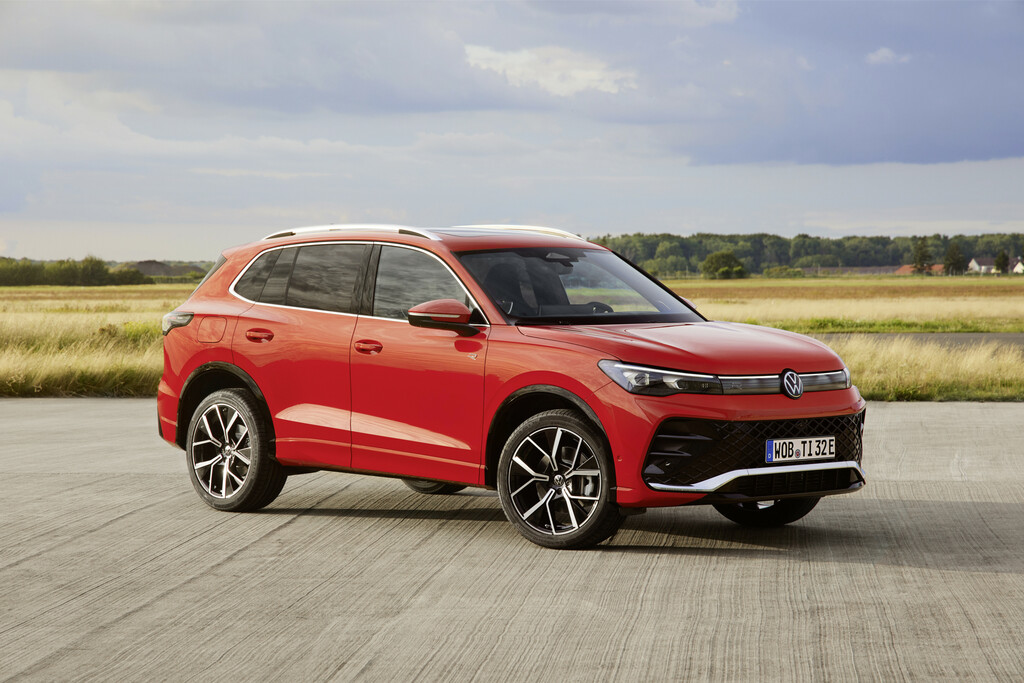
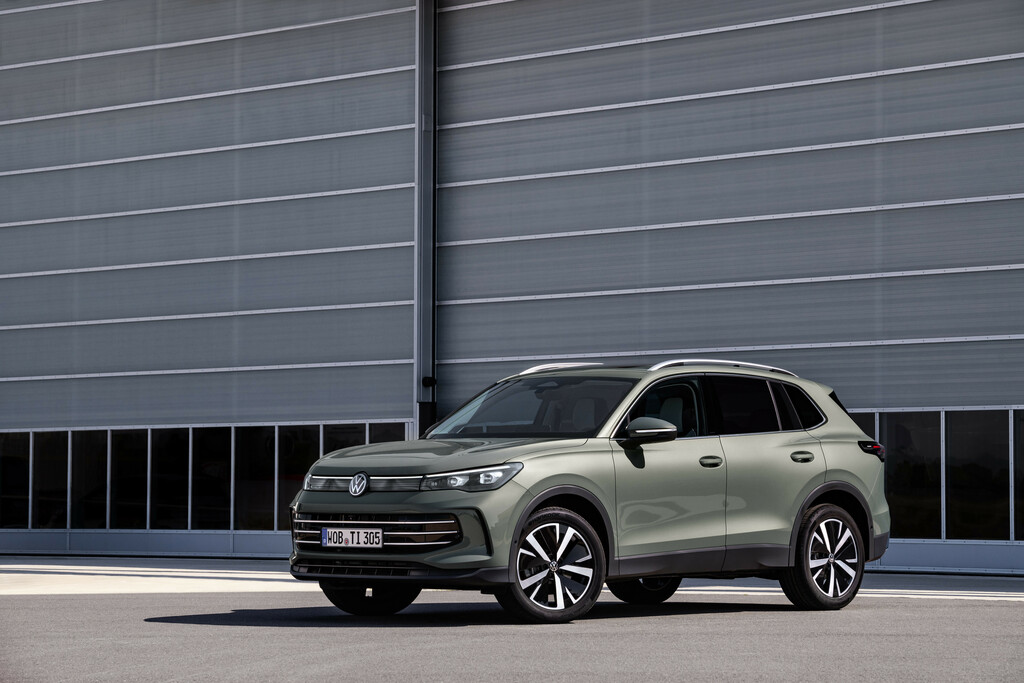
It showcases a thoroughly refreshed design, notably at the front. The front presents a commanding presence with sleek LED headlights and a prominent glass-covered horizontal strip. The radiator grille openings have been repositioned to the outer sides of the bumper, effectively utilising air curtains to optimise airflow.
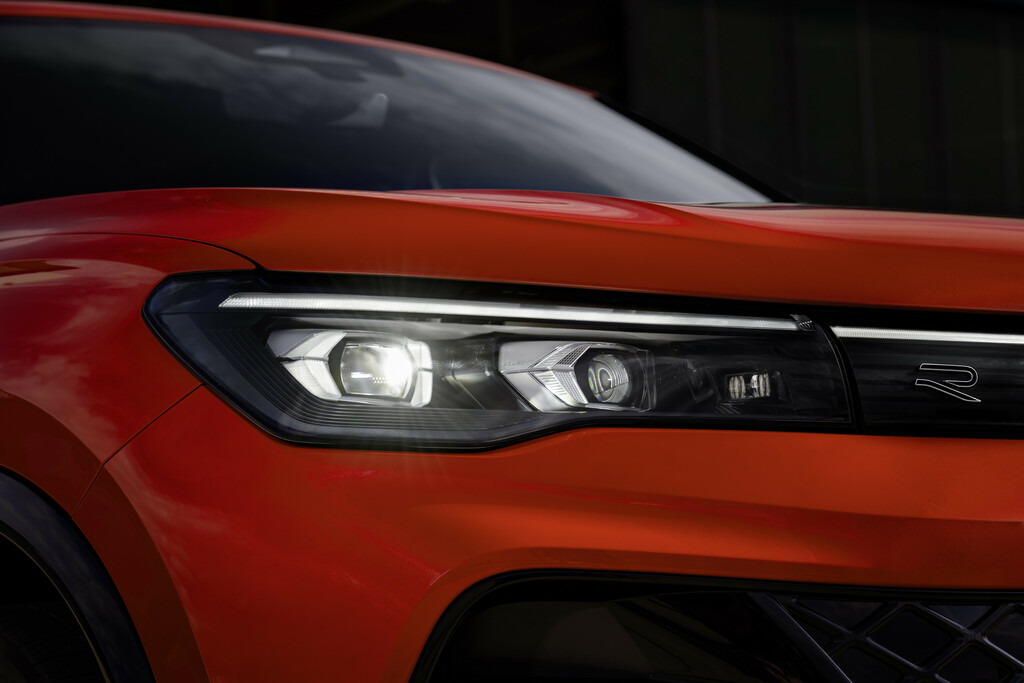
This redesign contributes to a better drag coefficient, improving from 0.33 to 0.28. The silhouette of the Tiguan is characterized by athletic shoulders over the wheel housings, especially with wheel options reaching up to 20 inches.
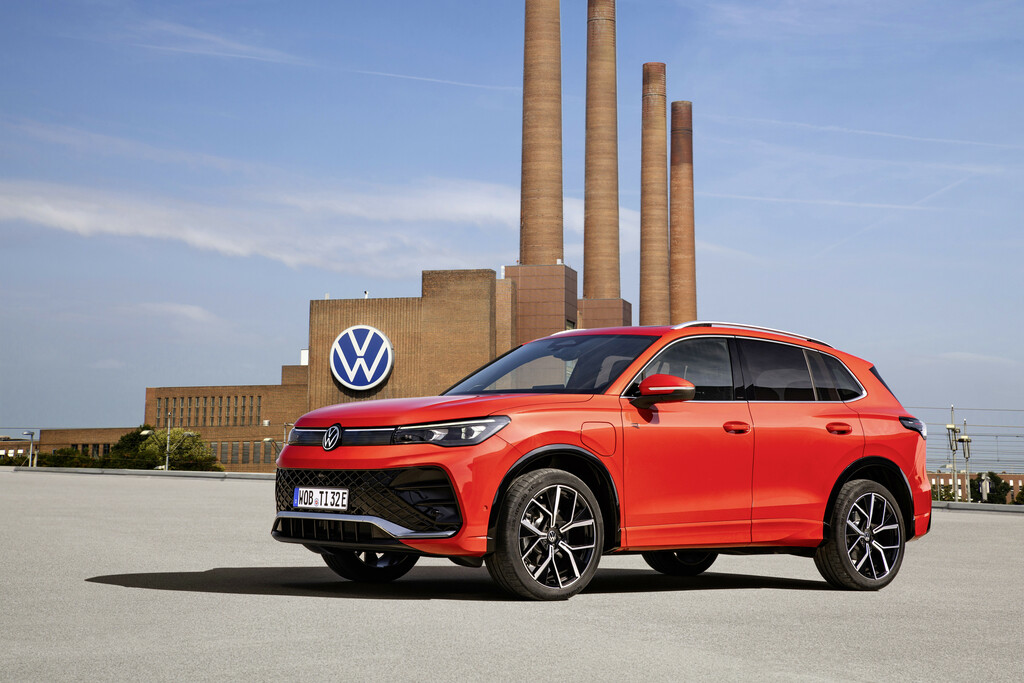
At the rear, a new horizontal LED strip enhances the distinctive Tiguan design. These design elements collectively emphasise the Tiguan’s modern and aerodynamic aesthetic.
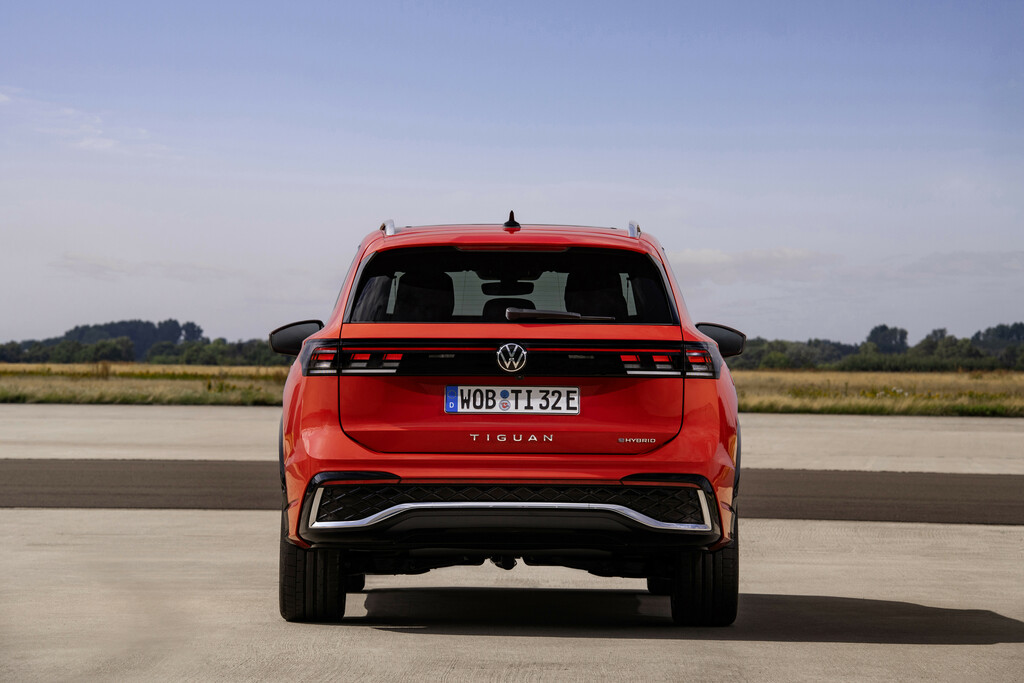
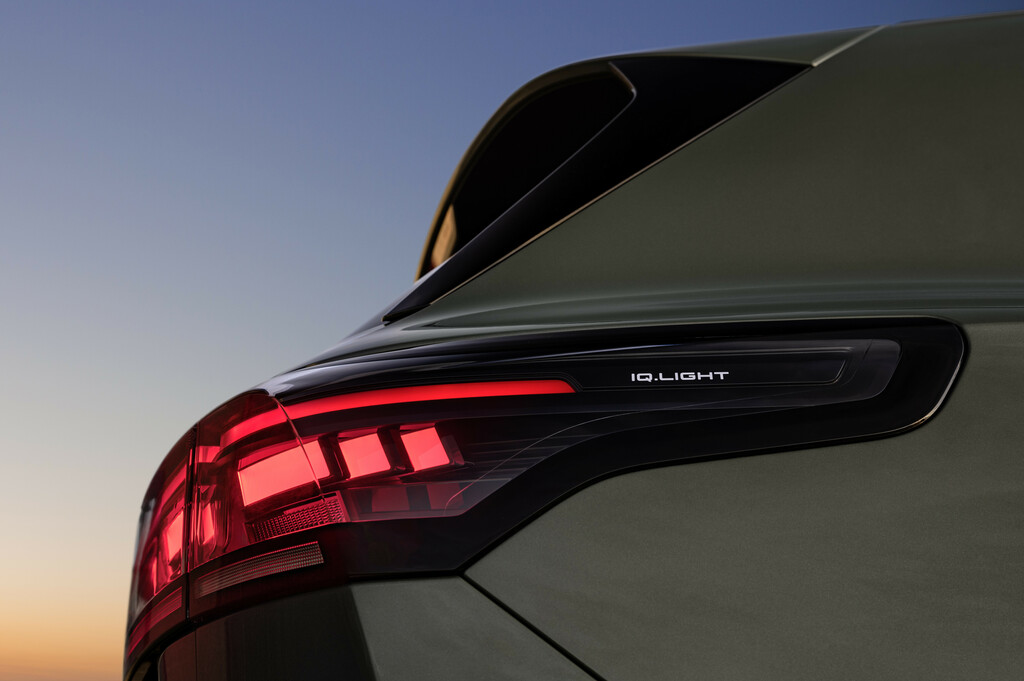
Despite a marginal increase in length by about three centimetres, the new Tiguan maintains similar height, width, and wheelbase dimensions to its predecessor. Remarkably, the redesign has optimised space usage, resulting in a notable enhancement in luggage compartment capacity. The new Tiguan’s luggage compartment capacity has expanded by 37 litres to reach 652 litres (when loaded up to the height of the rear seat backrests), showcasing an efficient use of space within the SUV.
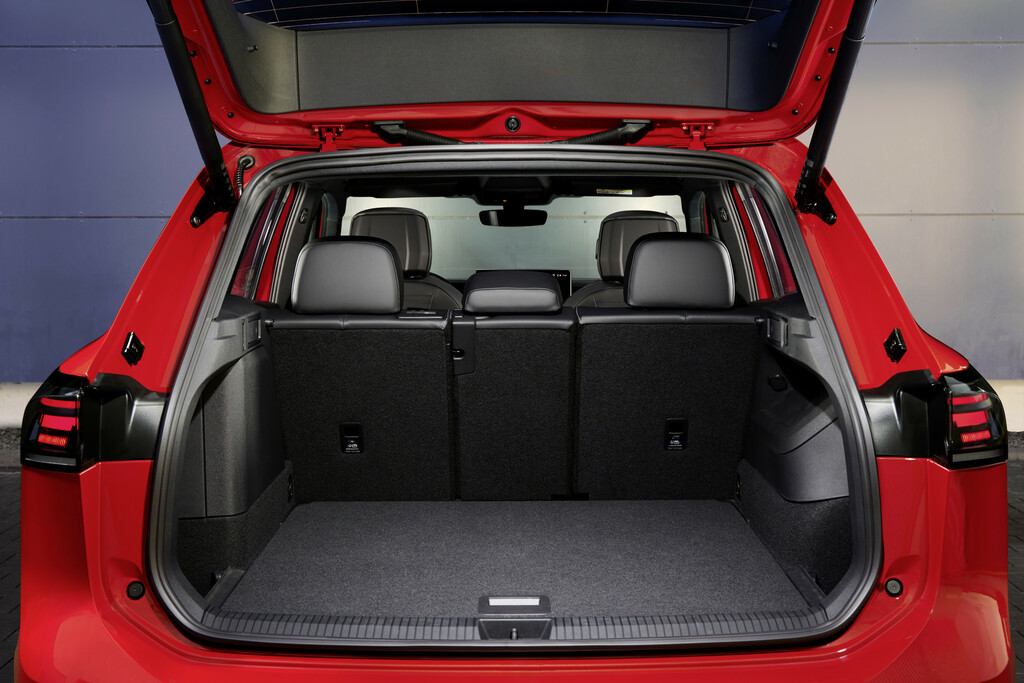
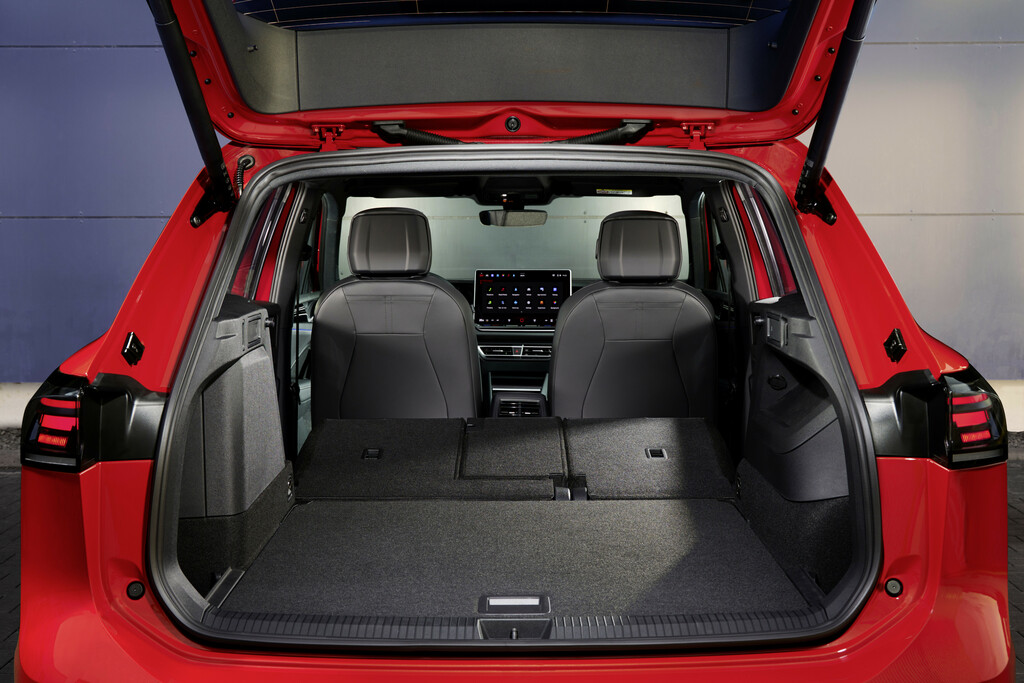
The interior of the Tiguan has undergone a complete overhaul, embracing a fresh concept and design that elevates the standards of materials and workmanship. It is characterised by its intuitive layout, seamless integration, and a clean, intelligent design. The key components include the cutting-edge Digital Cockpit, presenting digital instruments in a tablet landscape format with an anti-reflective coating.
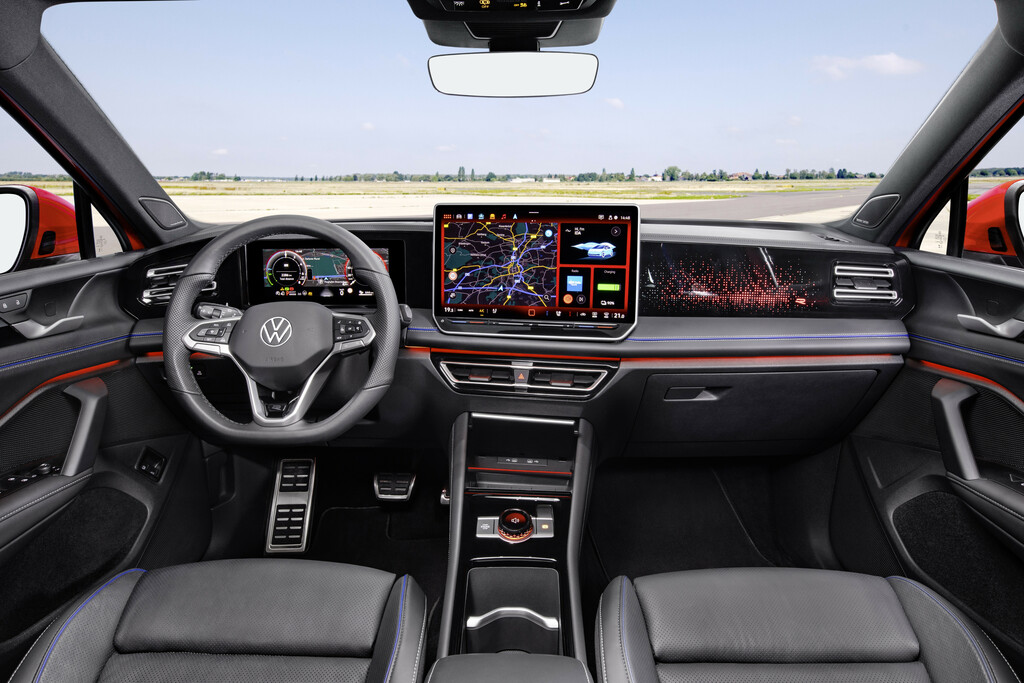
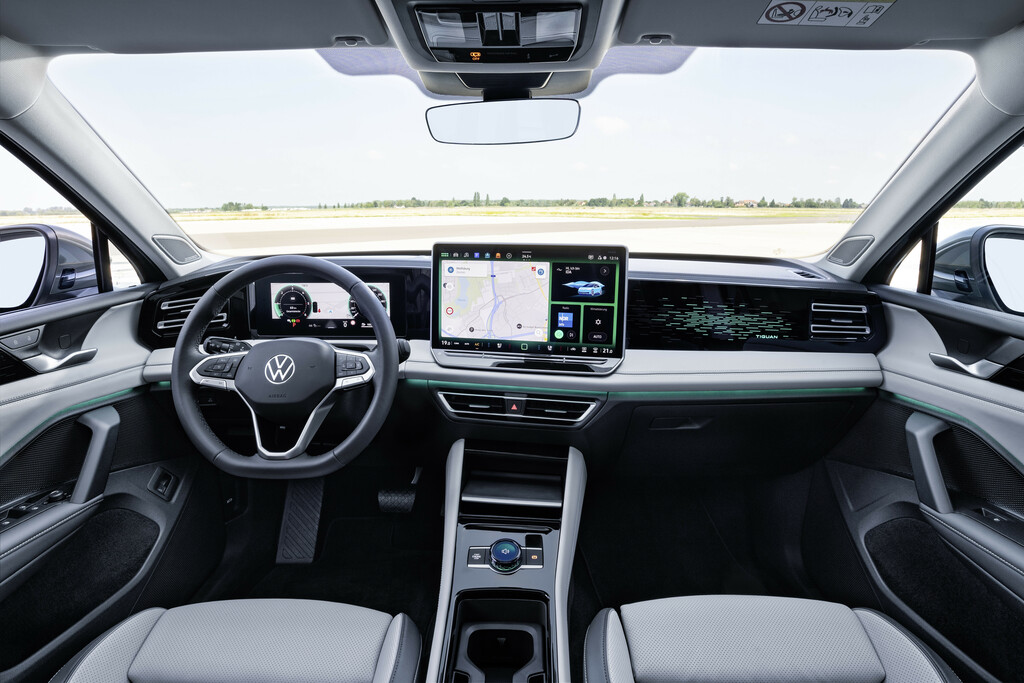
The infotainment screen, now as large as 15 inches, boasts a novel menu structure and graphics. A new head-up display projects essential information onto the windshield, enhancing accessibility and safety. Additionally, a new multifunctional driving experience switch with an integrated OLED display allows for versatile control, managing driving profiles, radio volume, and even background lighting colours.
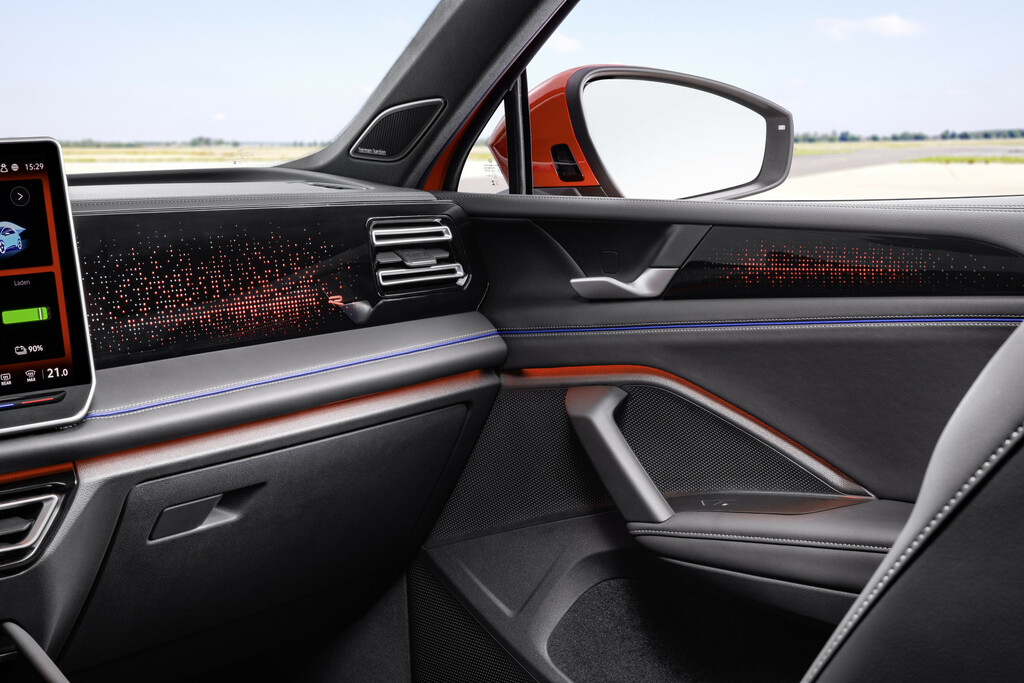
Further enhancing usability, the Tiguan introduces the IDA voice assistant, enabling effortless adjustment of various vehicle and infotainment functions through natural language commands.
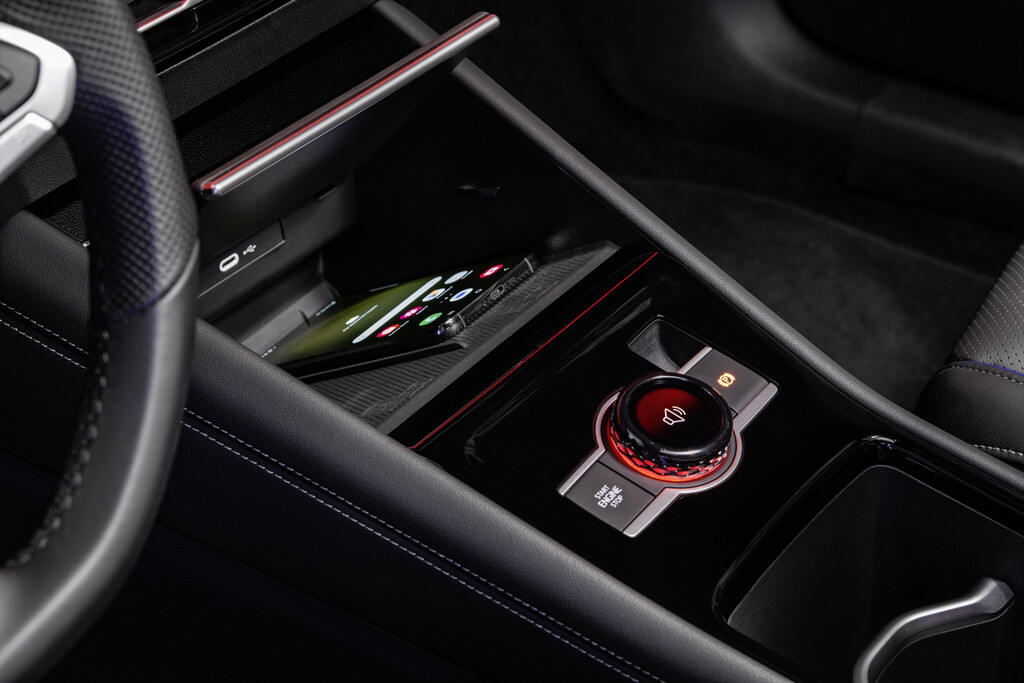
The Tiguan introduces the ergoActive Plus seats, which significantly contribute to the vehicle’s high-quality and comfortable ambience. These seats feature advanced functionalities such as pneumatic four-way lumbar adjustment and a pneumatic 10-chamber pressure massage function, providing passengers with a luxurious seating experience.
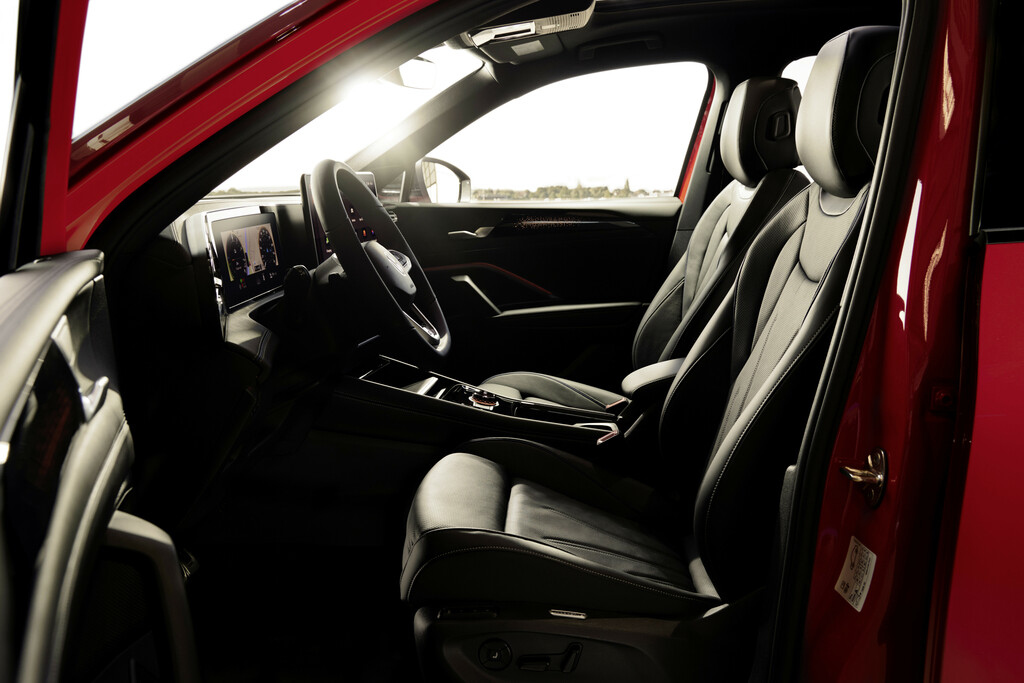
Furthermore, these seats offer a programming function that allows for the automatic activation of seat heating or seat ventilation based on specific outside temperatures, enhancing convenience and comfort for the occupants.
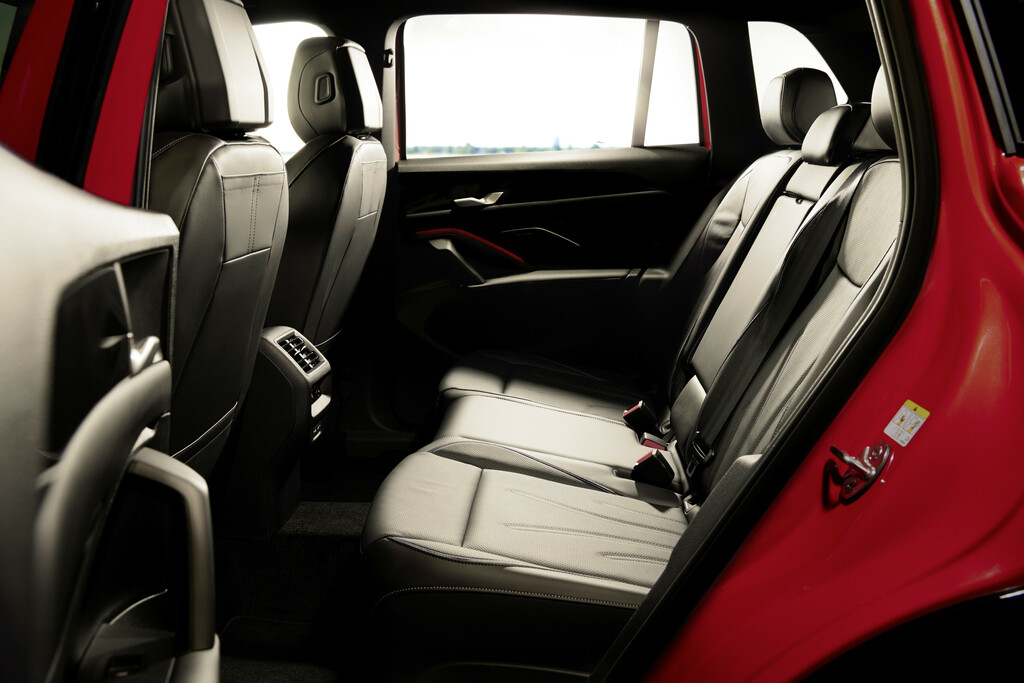
Thanks to the MQB evo platform, the Tiguan will accommodate various drive types, showcasing the adaptability and versatility of the vehicle. The engine options encompass turbo diesel engines (TDI), turbo gasoline engines (TSI), mild hybrid turbo gasoline engines (eTSI), and plug-in hybrid systems (eHybrid). Notably, the plug-in hybrid systems will be available exclusively in conjunction with the automatic transmission (DSG) in the future.
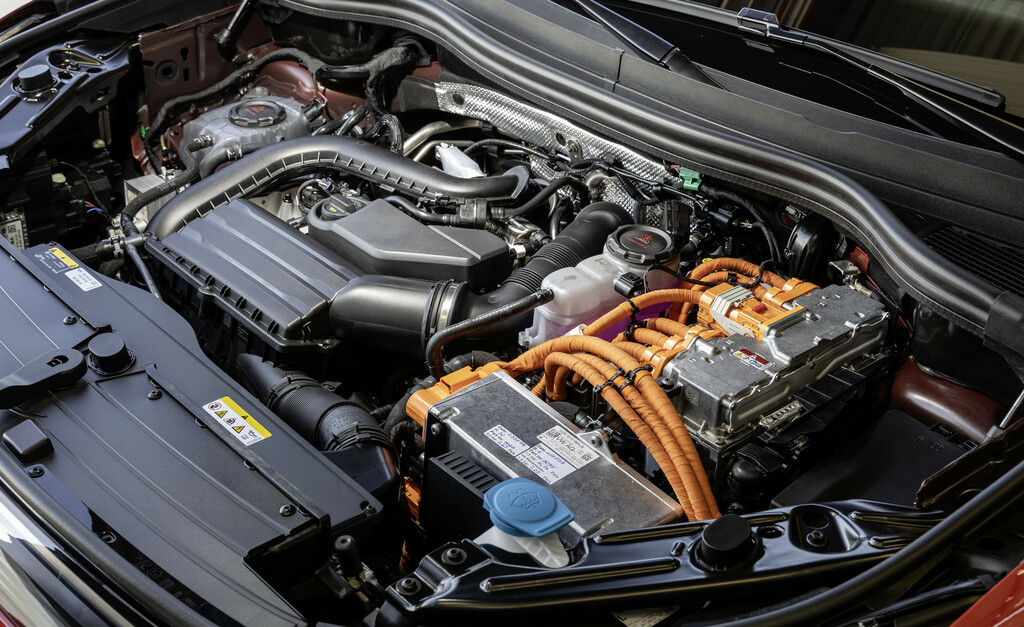
The gear shifting mechanism has been redesigned, akin to Volkswagen’s ID. models and the new Passat. The gear position will be changed using a steering column switch positioned on the right side of the steering wheel, featuring an intuitive and self-explanatory operating principle. Shifting forward to “D” engages the forward drive, while shifting backward to “R” facilitates reverse. Additionally, pressing the side of the switch activates the parking brake.
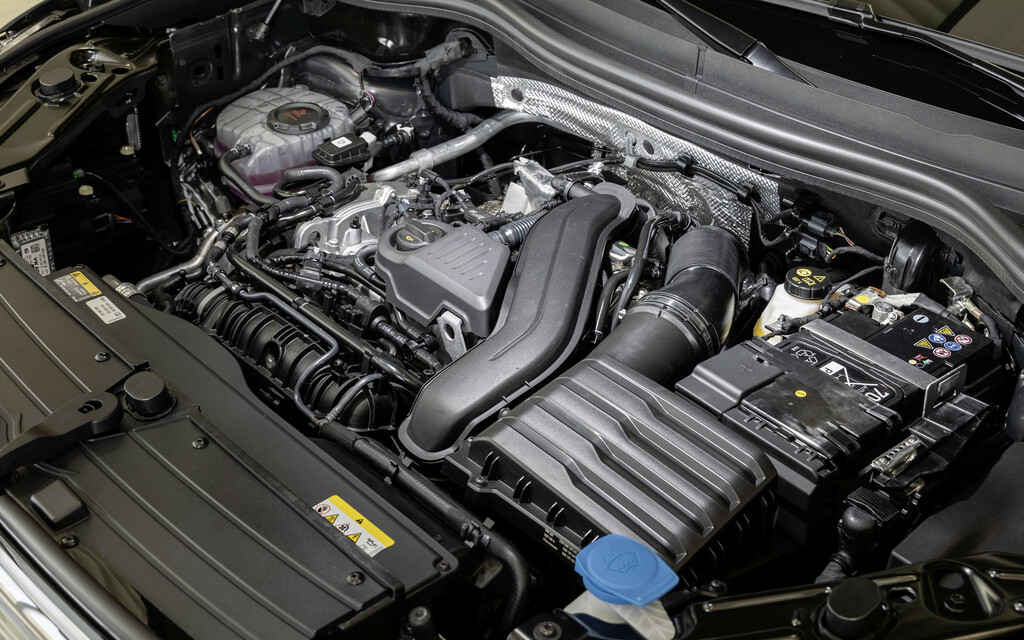
All Tiguan models are equipped with paddles behind the steering wheel, adding an extra layer of control and flexibility to the driving experience.
The MQB evo platform serves as the foundation for an advanced running gear generation in the Tiguan. Among a range of enhancements, Volkswagen has redesigned the adaptive chassis control, DCC (Dynamic Chassis Control), offering an optional DCC Pro version featuring two-valve shock absorbers.
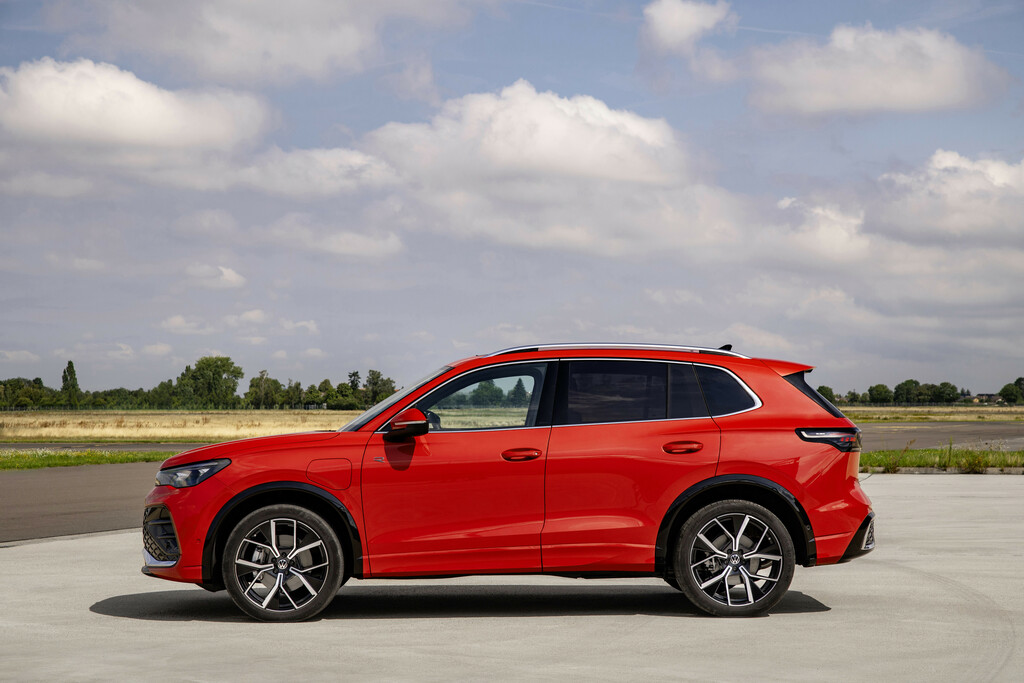
Moreover, the new Tiguan comes standard with a Vehicle Dynamics Manager, an innovative MQB system initially introduced in the Golf GTI. This system effectively manages electronic differential locks (XDS) and the lateral dynamics components of the controlled shock absorbers within the DCC Pro system. It enables wheel-specific braking interventions and precise adjustments in shock absorber stiffness, leading to an amalgamation of greater comfort and heightened performance, especially during dynamic cornering.
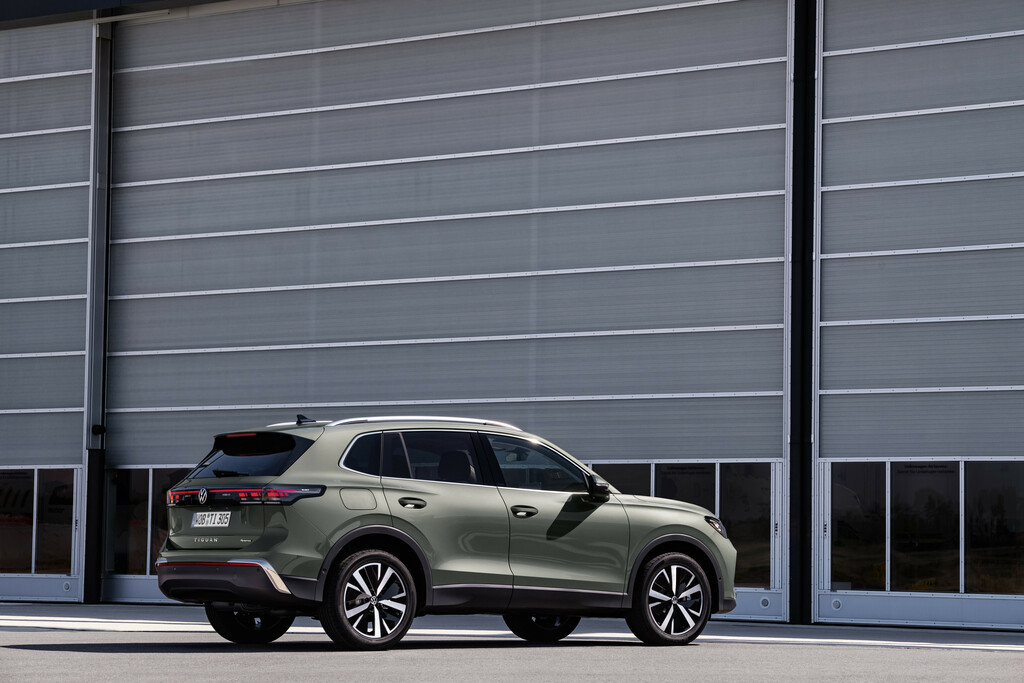
Closer to home, Volkswagen Passenger Cars Malaysia (VPCM) unveiled an updated IQ.Drive features for the Tiguan Allspace family. This lineup includes three distinct variants—the R-Line 4Motion, the Elegance, and the Life models. The IQ.Drive features aim to enhance driving experiences and safety across the Tiguan Allspace range.


